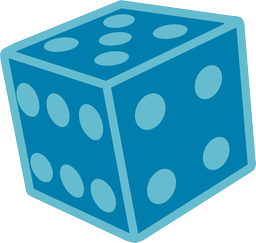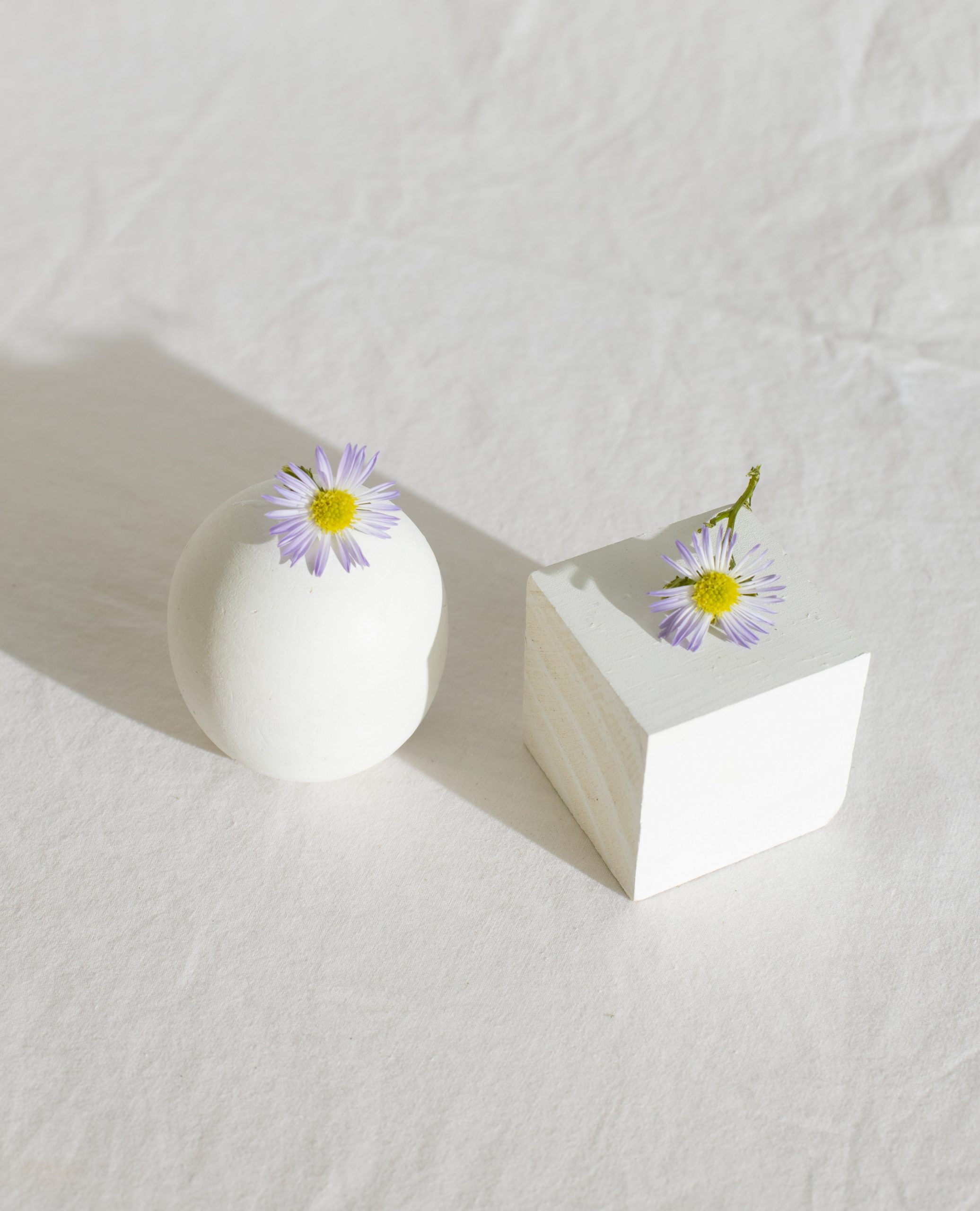Areas it develops: creativity, imagination, cause-effect relations, using of tools, problem solving skills, learning about the world.
Observing and experiencing the qualities and changes of light and darkness, shadows and contrasts with sunlight, natural and artificial light sources.
The emphasis is on searching for a solution so it is important not to show them what to do with a certain object. Give them time to explore but make sure to observe in the meantime as some problems might surface during this activity.
This activity is especially beneficial for those kids who have difficulties with digesting experiences or for those who want results right away. In the description you will also find tips on how to help kids who find it hard when something touches their face.







